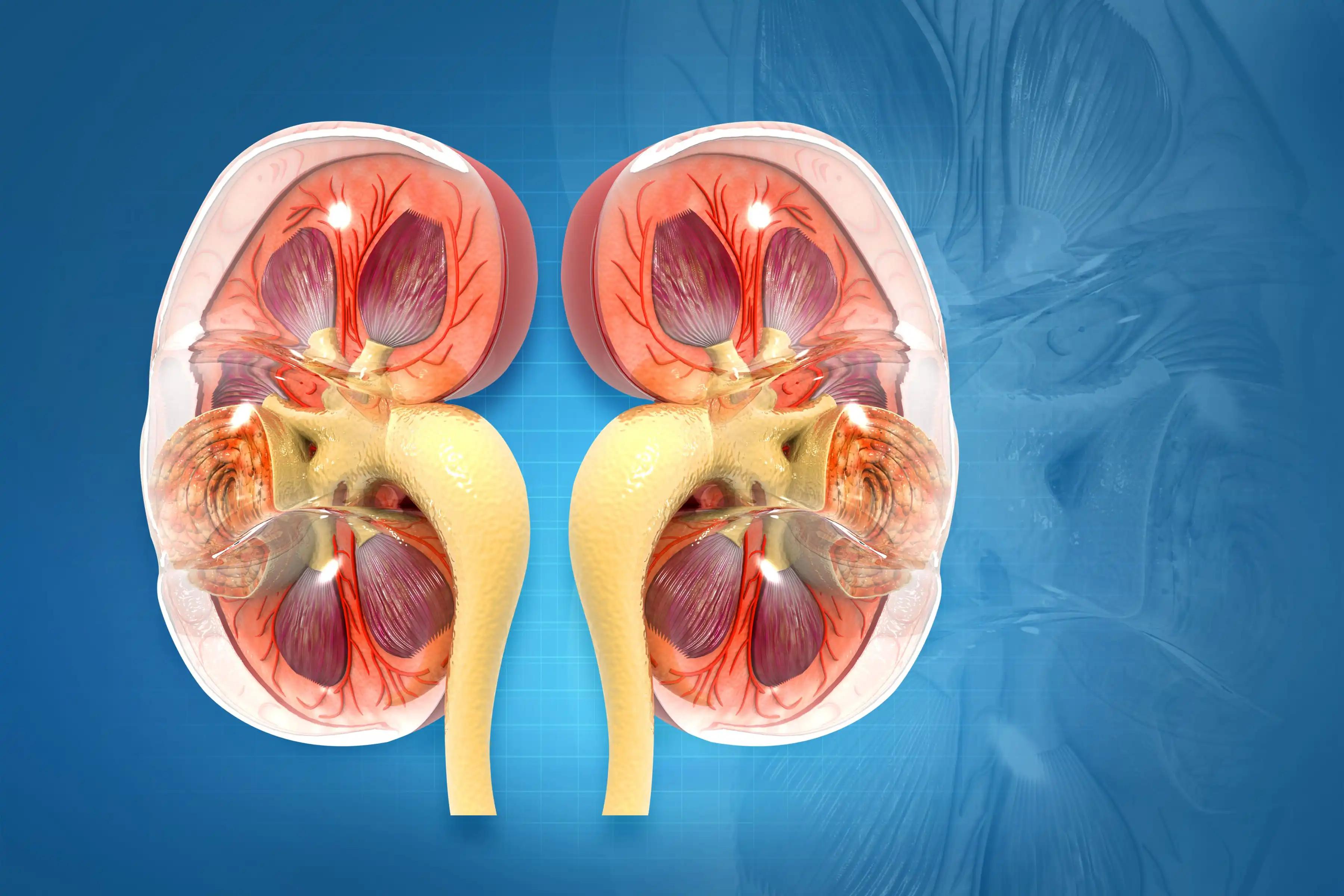KEY TAKEAWAYS
- In the ARASENS phase 3 trial, DARO plus ADT and DOC significantly reduced the risk of death by 32.5% (HR 0.68; 95% CI: 0.57–0.80; P<0.0001) vs placebo (PBO) + ADT + DOC in pts with mHSPC, regardless of disease volume and risk factors.
- DARO + ADT + DOC prolonged overall survival regardless of high- or low-volume disease with HRs of 0.69 and 0.68 vs PBO + DOC + ADT, respectively. The OS benefit of DARO vs PBO was similar for patients with high- or low-risk disease.
- DARO improved clinically relevant secondary endpoints vs PBO in high/low-volume and risk subgroups, with HRs generally in the range of those observed in the overall population.
- The favorable safety profile of DARO was reconfirmed in high/low-volume and high/low-risk populations, with similar overall incidences of treatment-emergent adverse events (TEAEs) between groups. DARO + ADT + DOC sets a new standard of care for pts with mHSPC.
Patients (pts) with hormone-sensitive metastatic prostate cancer (mHSPC) in ARASENS (NCT02799602) had a 32.5 percent reduction in mortality risk with DARO plus ADT and DOC compared to PBO plus ADT and DOC (HR 0.68; 95% CI: 0.57-0.80; P<0.0001), with similar overall incidences of treatment-emergent adverse events (TEAEs) between groups. Overall survival (OS) improved with DARO regardless of whether the disease was new or had returned.
Patients with mHSPC were randomly assigned to receive either ADT + DOC plus DARO 600 mg twice a day or PBO. Visceral metastases and/or 4 bone metastases with 1 beyond the spinal column/pelvis were used to determine high-volume illness (CHAARTED criteria). A high-risk illness was defined as the presence of at least two of the following: a Gleason score of 8, at least 3 bone lesions, and detectable visceral metastasis (LATITUDE criteria). An unstretched Cox regression model was used to analyze OS in these groups.
Out of a total of 1305 patients, 912 (70%) had high-risk disease, 1005 (77%) had high-volume disease, 23% had low-volume disease, and 30% had low-risk disease. Compared to PBO + DOC + ADT, DARO + ADT + DOC increased OS in both high- and low-volume illness. The corresponding HRs were 0.69 and 0.68. The long-term survival advantage of DARO over PBO was comparable amongst patients with high- and low-risk illness. In high- and low-volume and risk subgroups, DARO was associated with better secondary endpoints than PBO, and the corresponding HRs were usually in line with those seen in the general population. Subgroups defined by high/low volume and high/low risk had TEAE incidences similar to the entire ARASENS population.
The advantages of early treatment intensification with DARO + ADT + DOC vs PBO + ADT + DOC on OS and major pt-relevant secondary effectiveness endpoints were similar in patients with high- and low-volume as well as high- and low-risk mH+SPC. Both high-volume and low-risk patients verified DARO’s favorable safety profile. For patients with mHSPC, DARO + ADT + DOC represents a new gold standard of therapy.
Source: https://meetings.asco.org/abstracts-presentations/217337
Clinical trial: https://clinicaltrials.gov/ct2/show/NCT02799602/
Maha H. A. Hussain, Bertrand F. Tombal, Fred Saad, Karim Fizazi, Cora N. Sternberg, E. David Crawford, Neal D. Shore, Evgeny Kopyltsov, Arash Rezazadeh, Martin Boegemann, Ding-Wei Ye, Felipe Melo Cruz, Hiroyoshi Suzuki, Shivani Kapur, Shankar Srinivasan, Frank Verholen, Iris Kuss, Heikki Joensuu, Matthew Raymond Smith (J Clin Oncol 41, 2023 (suppl 6; abstr 15))



